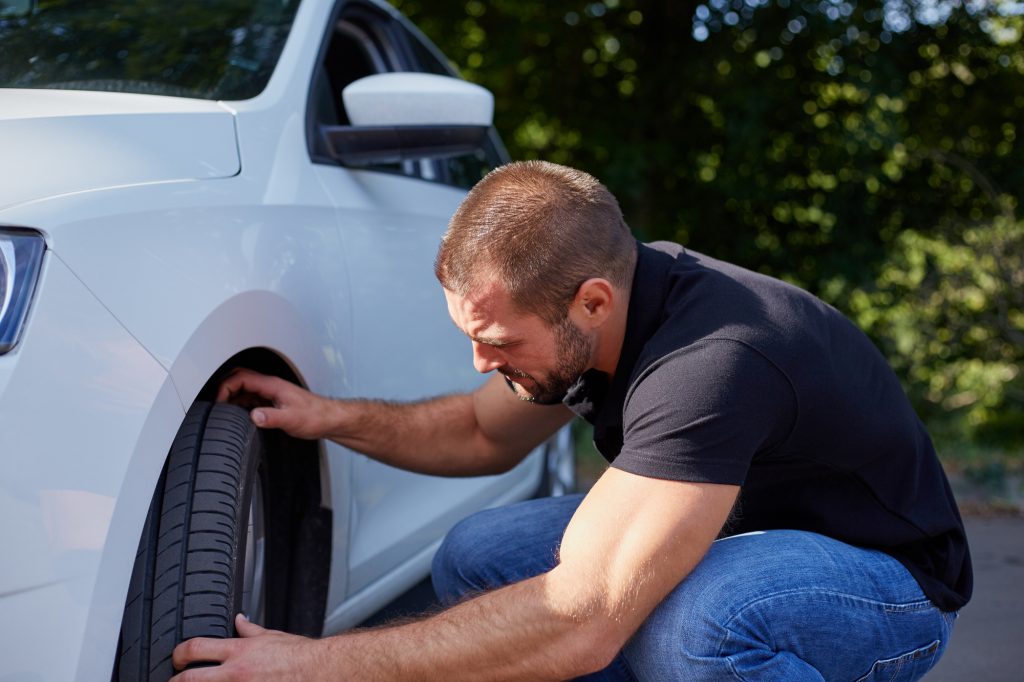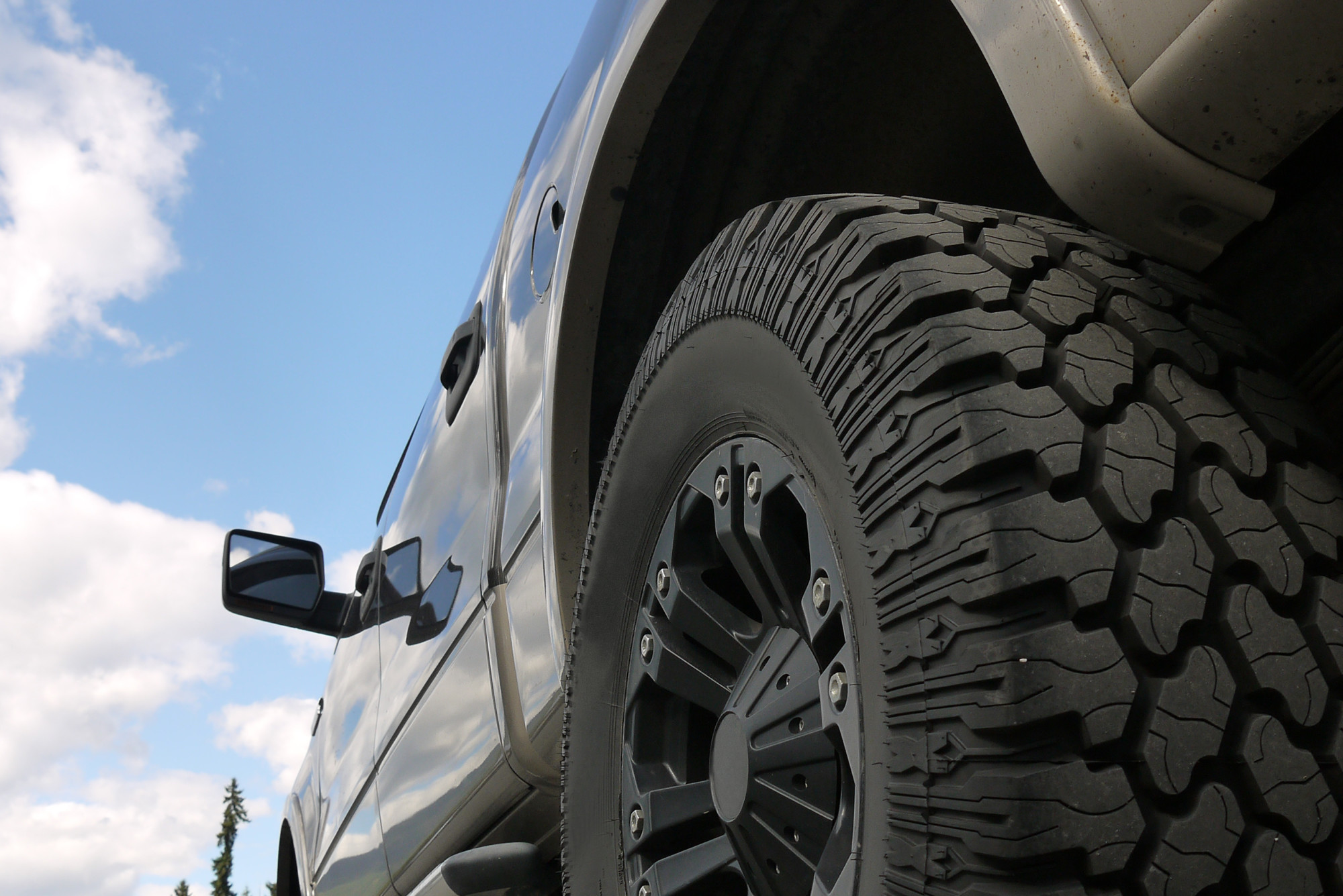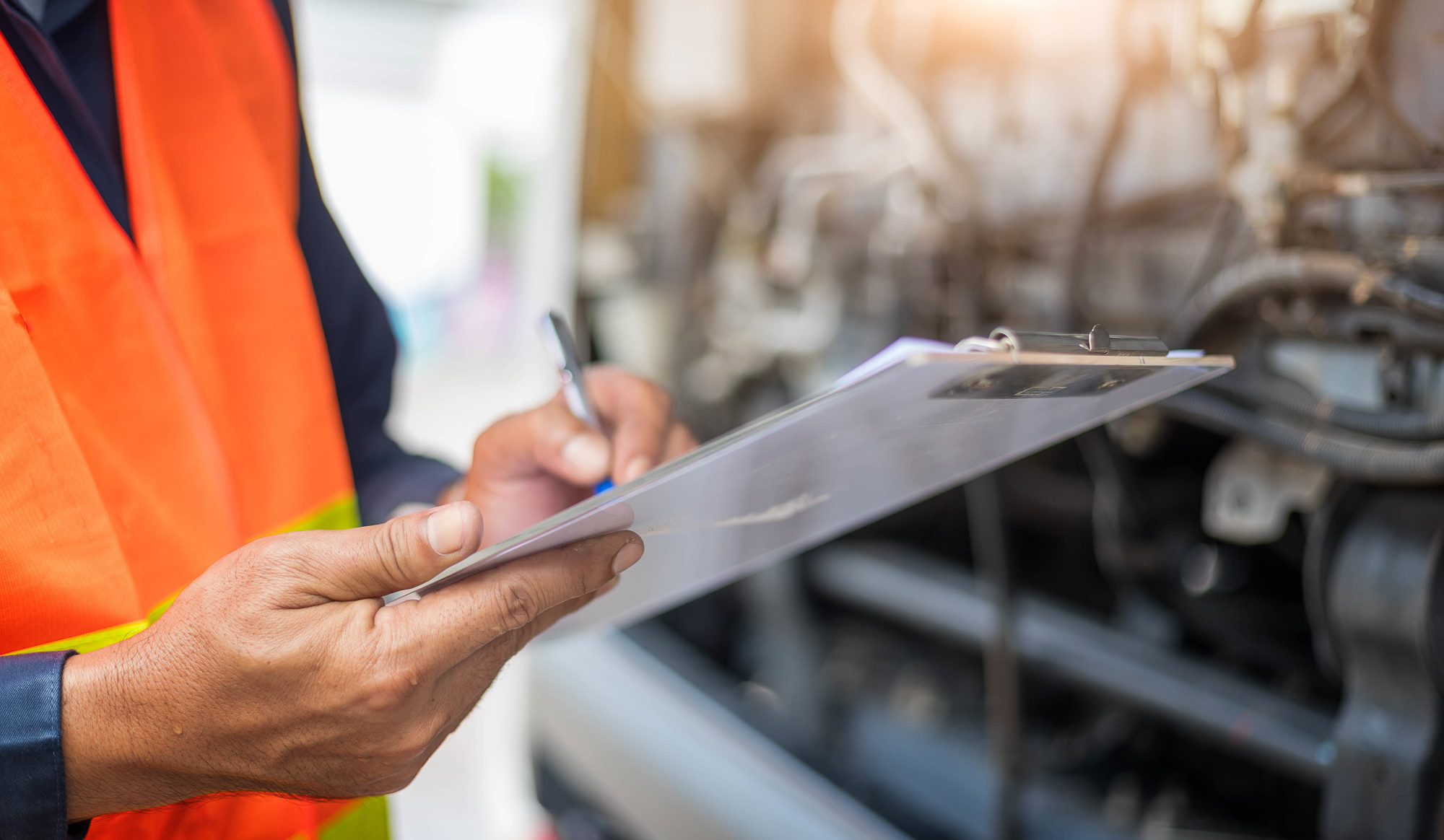
In the United States alone, there was around 6.3 million car crashes in 2015. Part of avoiding accidents is maintaining the condition of your car, including the tires.
Many people may not realize the work tires do for our cars. If they are neglected, they can easily wear down and lead to dangerous situations.
If you are trying to decide if your car needs new tires or not, don’t worry. Keep reading for five clear warning signs it may be time to hit up your nearest tire shop.
1. Wear on the Tread
Worn out tread is the clearest way to determine whether or not you should replace your tires. For this, a penny can save you hundreds of dollars and help you avoid a blowout while driving or accident in poor weather.
Simply take a penny and place it between tread grooves on your car. If you can see Lincoln’s head each time, your tread is worn. This means you should replace your tires as soon as possible.
If his head is covered, you have at least 2/32 of an inch, meaning you don’t need to replace tires right away.
Newer tires will have a wear bar in the tread. If you see tread worn down to the bar, you need new tires.
2. Tire Pressure
Keeping proper tire pressure in your tires is very important.
It’s normal to lose about one pound per square inch (PSI) each month with your tires. But if you don’t monitor them, you could do damage to your tires.
If you start to notice your tires losing air at a fast rate, it could signal a leak or other issue. In this case, it is best to have a professional take a look.
3. Bulges in Sidewall
Older tires can show their age along the outer edges. This presents as bulges or blisters in the rubber. If you notice either of these, you need to immediately take your car into the shop.
A bulge is a weak spot in the tire and could burst at any point. If this happens while driving, it could cause a dangerous accident.
4. Vibration May Signal Your Car Needs New Tires
Some feeling of vibration is normal when driving. This is especially true if you’re on a bumpy road. But if you start to notice all your drives are feeling bumpy, you may need new tires.
Vibration can signal a need for an alignment or balance, but also can indicate there is something more seriously wrong with the tire. Be sure to have an experienced mechanic take a look to avoid costly damage.
5. Cracks in Tire
Just like bulges, cracks are a sign of weakness. Regularly take a close look at your tires for any grooves or cracks in the sidewall. These typically turn into slow leaks or could cause a blowout.
Be Mindful of Your Tires for Longterm Safety
After reading this guide, you should now be able to tell when your car needs new tires. Regardless of the type of car you drive, tires are one of the most important parts of your car to take care of.
If you are looking for other maintenance information, check out our online service manuals!




